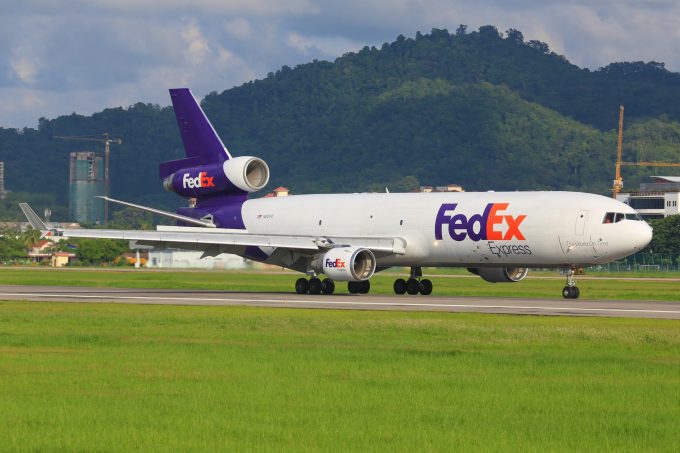Frédéric François to lead FedEx Express ground operations in Italy, Spain & Portugal
FedEx Express Europe has announced the appointment of Frédéric François as VP of ground operations ...

Amid a tailing-off of earnings, FedEx Express has announced plans to retire its remaining MD-11 series cargo aircraft and replace them with new Boeing 767s and 777s.
FedEx identified a need for cost-cutting in its international express segment last month, after a dramatic 77% drop in nine-month operating income, to $119m from $520m for the same period last year.
During an earnings call on Thursday, FedEx CEO Raj Subramaniam said: “We are taking additional steps to address our fixed expense structure. This quarter we reduced flight hours by 8% and salary and benefit expenses by 4%.
“We also parked an additional nine aircraft, down-gauged on certain routes and implemented various productivity improvements. As a result of these actions, we mitigated 45% of total revenue declines on an adjusted basis.”
Currently, FedEx Express is operating 54 MD-11s, with 20 grounded, but intends to phase them out of the fleet after reaching a “fork in the road ”, explained Mr Subramaniam, adding: “As we now look at the demand environment, we don’t see that high demand coming through. So, we looked at opportunities to rightsize the fleet.”
The group is still waiting on an order of 27 B767-300 freighters, which recently suffered a setback with news of a safety fault in their fuel tanks.
Rival UPS is also waiting for 767-300Fs, with an order for 27. According to Boeing, no 767-300Fs have been delivered so far this year.
FedEx’s MD-11s average 29.6 years old, meaning many are likely to have been built while McDonnell Douglas was still a going concern, prior to the merger with Boeing in 1997. The distinctive three-engine ‘trijet’ design, based on the DC-10, was developed to fill a niche for a longer-range aircraft, cheaper to operate than a quad-jet, which could theoretically survive an engine failure.
Today, Extended-range Twin-engine Operational Performance Standards (ETOPS) have created a generation of more-efficient twin-engined aircraft which can, theoretically, fly for 180 minutes on a single engine.
“Our aircraft modernisation programme and use of 777s and 767s affords us the ability to flex our plans,” said Mr Subramaniam. “And, as we operate more collaboratively, we are leaning into the ground transport more, requiring less capex, while enabling us to reconfigure our network more quickly. This directly supports our goal for meaningful ROIC improvement in the coming years.”
Comment on this article